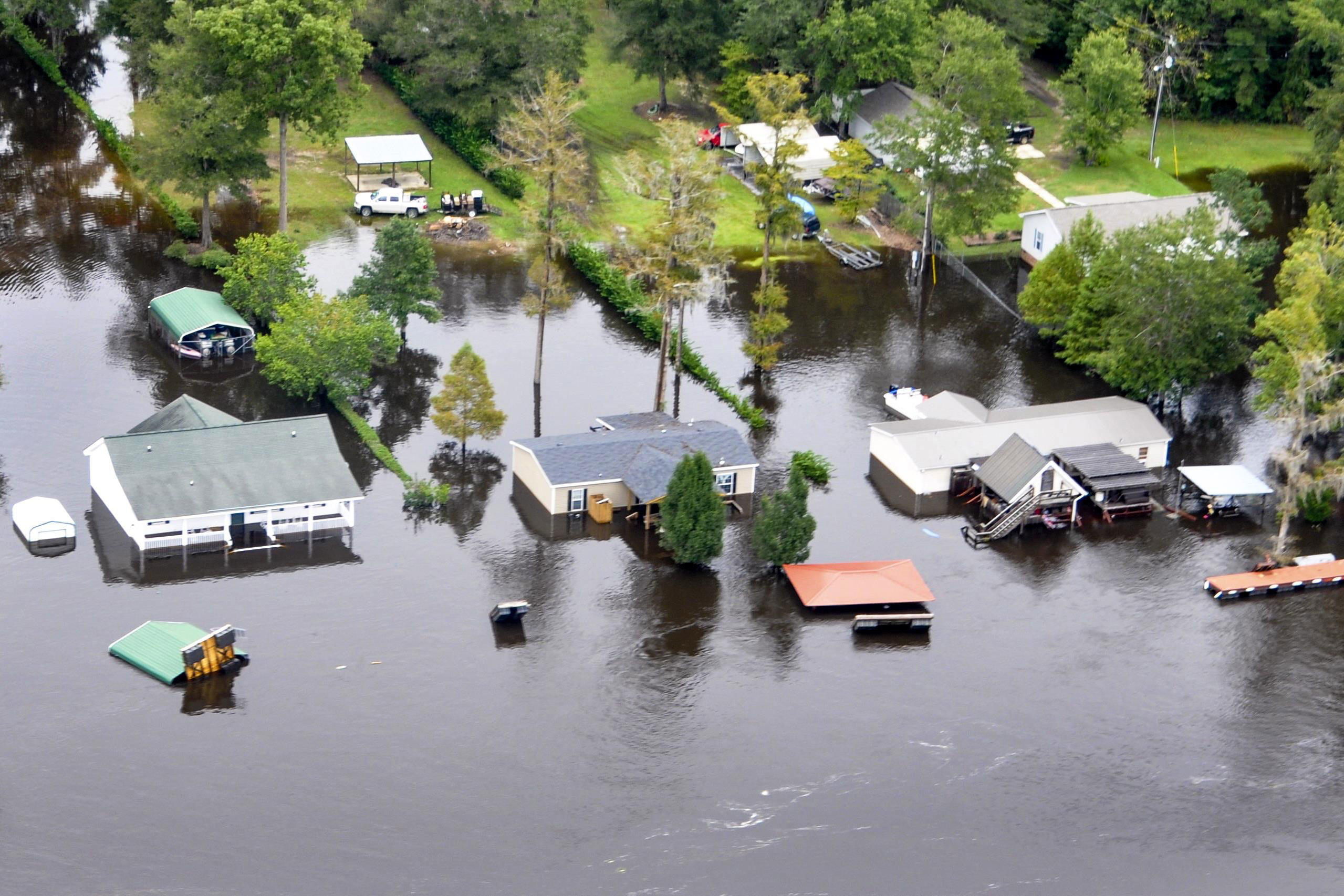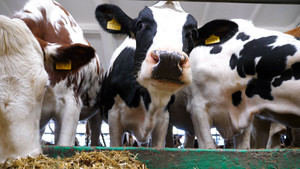Over this century, sea levels along the East Coast of the United States are expected to rise by two to six feet, mainly due to melting ice sheets and the expansion of seawater as the oceans warm. Several studies have also predicted that the same areas will see more violent storms, another side effect of ocean warming.
How bad will coastal flooding be? Scientists couldn’t say until now, because no major study had assessed the cumulative impact of sea-level rise and storm intensity. But a group of scientists from six institutions — Columbia, the University of Iowa, the National Oceanic and Atmospheric Administration, Princeton, Rutgers, and the Boston-based company Atmospheric and Environmental Research — has finally tackled this question, and the results are astonishing. The study, published in the journal Nature Climate Change, predicts that flooding could increase dramatically, from the Gulf Coast to the Northeast.
The authors examined anticipated sea levels and rainfall for five coastal cities: Atlantic City, New Jersey; Charleston, South Carolina; Key West and Pensacola, Florida; and Galveston, Texas. In doing so, they made two projections for the next eighty-five years: one that presumes that world leaders, meeting in Paris to negotiate a new climate treaty in late 2015, cut emissions to keep temperatures from rising much more than they already have since the late 19th century, and one that presumes the current trajectory continues.
Alarmingly, they found that coastal flooding will likely get much worse even if emissions are cut. The reduced-emissions scenario resulted in a four-to-seventy-five-fold increase in the flood index — that is, the combined heights and durations of expected floods — across the five locations. If no action is taken, the flood index goes up thirty-five to 350 times.
“When you look at rising sea levels and increasing storm intensity separately, it’s bad enough, but when you consider the joint effects of two hazards together, you can get some surprises,” says Radley Horton ’07GSAS, a Columbia climatologist who contributed to the study. “Sometimes, one plus one can equal three.”



